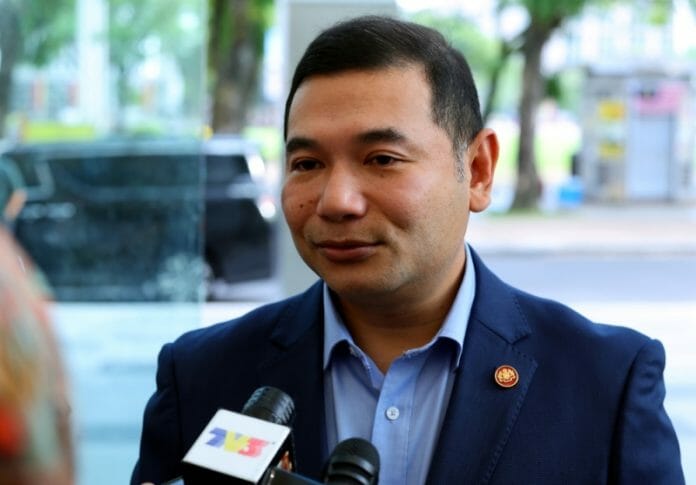Rafizi Ramli said the Phase 1 of the ENTR contains 10 flagship catalyst initiatives that will define policy thinking and economic direction in the years to come. According to him, Malaysia’s investments into renewable energy (RE) have lagged behind our peers.
“Two months ago, the Ministry of Economy and NRECC made a few pivotal policy decisions that went under the radar. First, we lifted the export ban of RE, with the purpose of increasing the potential yield that could be obtained by companies that participate in this transition,” he said.
“Second, we announced the establishment of a central electricity exchange that will be operated by a single-market aggregator to ensure prices are fair and transparent. To double down on our commitment, we even stretched our RE installed capacity targets by nearly two times, from 40% to 70% by 2050,” he added.
The NETR launched puts these policies in motion by introducing 10 wide-ranging catalytic initiatives that will open up investment opportunities between RM435 billion to RM1.85 trillion by 2050.
One of these projects is the integrated RE Zone that will be championed by Khazanah Nasional Berhad and carried out through a joint venture between UEM and ITRAMAS.
At 1 GW, this hybrid solar photovoltaic (PV) power plant is the largest of its kind in Southeast Asia. According to Rafizi, the scale of the nation’s ambition has attracted high-profile global investments from major economic blocs totalling RM6 billion.
NETR also opens up the hydrogen gateway in Sarawak as it implements rounds of projects to emerge as the hydrogen hub in the country, and put in place the framework of CCS (carbon capture and storage) so that catalyst projects could be implemented in these two years.
“We will continue to take advantage of the declining technology cost in RE and build first-mover advantage in nascent levers, as we move our investments into these high-growth, high-value areas. Currently, the people who adopt clean solutions do so out of altruism and goodwill. Convincing a family of four to buy and install a solar panel at their rooftop for RM20,000 is still very difficult to do,” he said.
He added that understanding the science and data of energy transition is also out of reach to many, who do not share the same sense of urgency as those who have spent decades in the utilities sector.
NETR is designed to break that mould and make clean energy a financially relevant option to most households. Instead of asking every household to pay for an expensive solar panel, the government is offering an income opportunity.
In every home, the government intends to give households the option to lease out their rooftops in return for a monthly income that could lower their electricity bills and put more cash in their pockets.
“The government is taking the lead on this by allocating RM80 million for solar panels to be installed on the rooftops of government buildings. We are also changing our old practices, where we will no longer penalise government agencies by deducting their budget from electricity savings created through solar,” said Rafizi.
To raise this consciousness further, Malaysians could also contribute used cooking oil and waste as feedstock for the biomass and biofuels as an energy lever under NETR.
Outside of homes, NETR will also be felt on the road. 10,000 charging stations will be installed along highways and commercial buildings by 2025, and the first- and last-mile of public transport will also be electrified so that travelling can be done with cleaner energy.
According to Rafizi, with the increased investments stimulated by NETR, more well-paying and high-value jobs will also be created. The first phase of NETR alone is estimated to bring about 23,000 high-impact jobs.
“Our age-old advantage of a strategic location that connects the north and south of the 687-million Southeast Asian—and the Western and Eastern economic blocs—becomes important once again as logistics cost for RE transfer is a deciding factor,” he said.
According to him, Malaysia is ranked 1st in Southeast Asia, 2nd in emerging Asia, and 35th in the world on the most recent Energy Transition Index 2023 by World Economic Forum. Rafizi said there is a greater convergence and cooperation in Southeast Asia that did not exist before.
“The use of a special economic zone, such as the one proposed between Johor and Singapore, will also become increasingly common as more Southeast Asian leaders understand that we are stronger as one economic unit than in separate parts,” he said.
He added that Malaysia is a key member of the Lao-Thailand-Malaysia-Singapore Power Integration Project (LTMS-PIP), the pathfinder to advance cross-border power trade among ASEAN Member States, to advance the ambition of an ASEAN Power Grid. The global rush to clean technology is also evident, exceeding $1.1 trillion in 2022, overtaking investments in other technologies.









